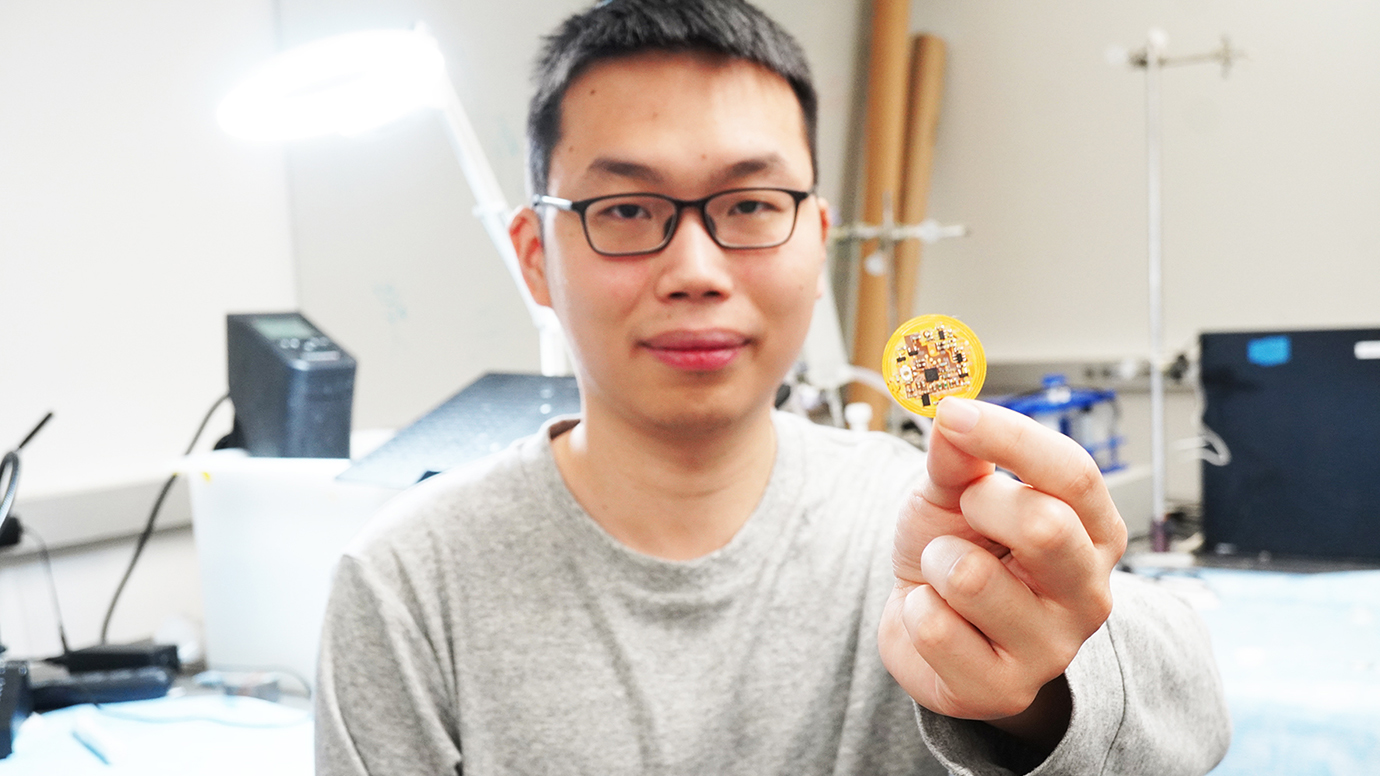The researchers have conducted initial tests of the ABLE platform for a week and are optimistic that the system could eventually be used for a period of six months or more. They have named the system the Active Biointegrated Living Electronics platform. In order to improve the convenience of the treatment, the device can be freeze-dried for storage and easily rehydrated when needed. This method eliminates the need for frequent refills since the healing effects are provided by microbes.
Saehyun Kim, a co-first author of the paper and a current PhD student in Tian’s lab, described the system as a “living drug” due to the continuous benefits it provides. In addition to treating psoriasis, the researchers believe the ABLE platform could have applications in wound healing for patients with diabetes. They also hope to explore its potential for use with other tissue and cell types, such as creating an insulin-producing device or one that interfaces with neurons.
Professor Tian has harbored the goal of creating “cyborg tissues” for nearly 15 years, and he is excited to see this vision come to fruition with the development of the ABLE platform. He credits advancements in understanding how cells interact with materials, as well as knowledge of the chemistry and physics of hydrogels, for enabling this breakthrough. The researchers are thrilled to see their work become a reality and hope that it will inspire future advancements in electronic designs.
Dr. Shi shares this passion for breaking new ground in science and believes that their work could motivate



